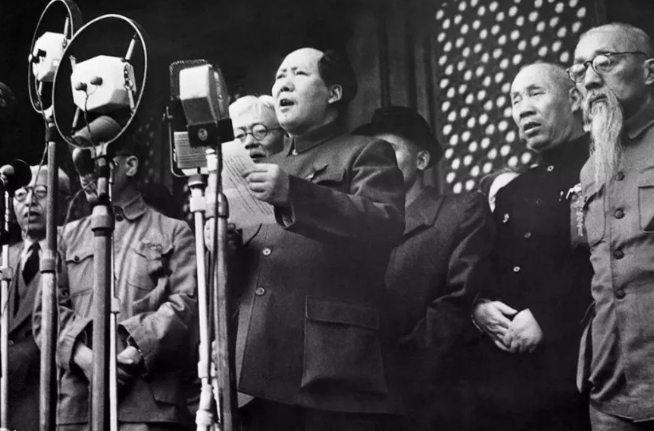In modern China’s demographic history, few policies have shaped family life as profoundly as family planning. At its core lies the controversial figure of Ma Yinchu, whose New Population Theory in 1957 urged proactive measures to curb rapid growth and enhance quality of life. This idea sparked national debate and laid groundwork for later controls. But what if Ma Yinchu‘s warnings had been ignored, and family planning never took hold? The result might have been a vastly different nation today—one grappling with unchecked expansion.
The Surge of a Billion-Plus People
Throughout the first half of the 20th century, China’s population was vaguely estimated at around 400 million, often called the “400 million compatriots.” The veil lifted in 1953 with the first national census, revealing a staggering 582.6 million people. Post-liberation China faced reconstruction amid shortages in food, healthcare, education, and housing, yet annual additions topped 10 million.

Rural traditions of “more children, more blessings” viewed offspring as future labor, fueling explosive growth. From 1962 to 1973 alone, the population swelled by over 225 million—roughly equivalent to adding a mid-sized European nation’s worth in a decade. Without intervention, projections suggest China’s numbers could have exceeded 2 billion by now, based on sustained high fertility rates.
Picture this: Even today’s 1.4 billion strains urban subways, hospital waitlists, and housing markets. An extra 600 million would amplify these pressures exponentially, potentially overwhelming infrastructure and resources.
The Pivot of Population Controls
By the 1970s, calls for restraint echoed nationwide with slogans like “later marriages, delayed childbearing, fewer and better births.” In 1978, family planning was enshrined in the constitution, evolving into the one-child policy for urban Han families by 1980—a measure enforced until 2015.

The impacts were swift and measurable. China’s natural growth rate, over 2% in 1970, dipped below 1% by the 1990s. This easing unlocked the demographic dividend: a surge of working-age youth fueling factories and cities, underpinning decades of economic expansion.
Without such controls, the post-1970s boom might have eroded gains. Grain output hovered around 300 million tons in the 1970s; unchecked demand could have thwarted per capita food security, let alone expansions in compulsory education, healthcare, and social welfare.
Yet, family planning introduced trade-offs. Entering the 21st century, slowing growth tipped into decline—China’s population fell by 850,000 in 2022, signaling accelerated aging and shrinking workforces. This shift prompts ongoing policy tweaks, like easing birth limits, to balance quantity and quality.
A Counterfactual China: Over 2 Billion and Beyond
Erasing family planning from the timeline paints a stark alternate reality. First, sheer scale: Sustained high growth could push today’s population past 2 billion, straining global food supplies despite mechanized farming. Heavy reliance on imports might expose the economy to volatile markets and trade risks.

Urbanization would falter under the weight. Megacities like Beijing and Shanghai already battle congestion; billions more could spawn sprawling slums, rampant unemployment, and heightened social tensions, far beyond current challenges.
Environmental tolls would mount too. Expanded farmland, deforestation, and energy use could accelerate pollution and water scarcity, inflating cleanup costs and hindering sustainable development.
Socially, larger families might dilute education investments, slowing human capital growth and stunting the rise of a broad middle class. While alternate paths—like accelerated industrialization—might absorb the masses, they’d likely demand steeper sacrifices in equity and stability.

Reflections on a Pivotal Choice
Ma Yinchu‘s New Population Theory, once vilified, proved prescient, steering China from potential overload toward a managed trajectory. It bought time for progress but sowed seeds of today’s dilemmas.
At this demographic crossroads in 2025, with births plummeting and elders rising, the focus shifts: How to foster vitality without reigniting excess? This evolving puzzle underscores the intricate dance of policy and people in shaping a nation’s future.
References
- Wikipedia: Ma Yinchu
- Britannica: One-Child Policy
- Macrotrends: China Population Data
- Reuters: China’s Population Decline



